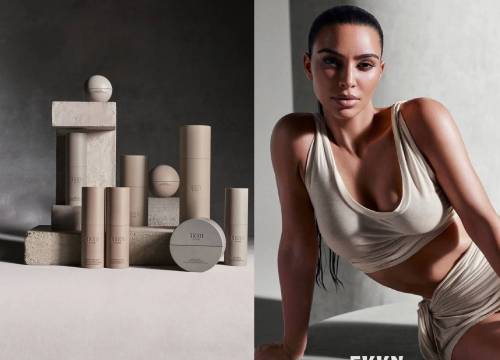Face peeling: everything you need to know before going to beautician
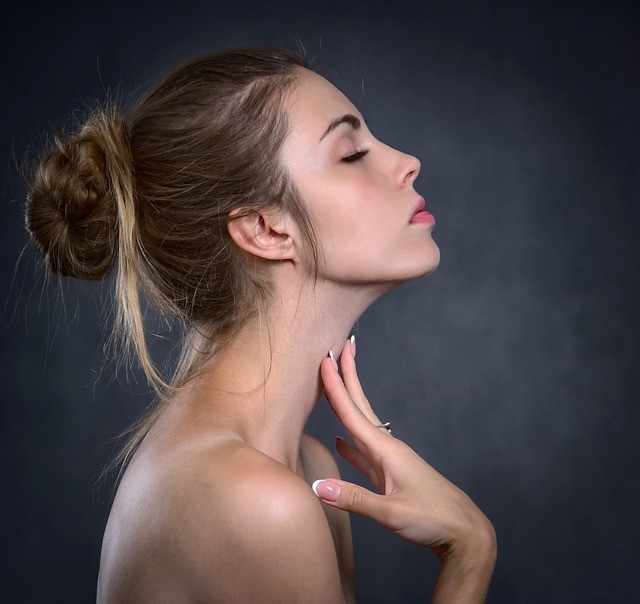
For many women, peeling, or as it’s also called exfoliation, has become one of the most favourite cosmetic procedures. However, before you go to the beauty salon, you need to know the nuances of the procedure. There are a huge number of different types of peeling, each of which has its advantages and disadvantages. In this material, we have collected basic information that will help you understand whether to do the peeling procedure.
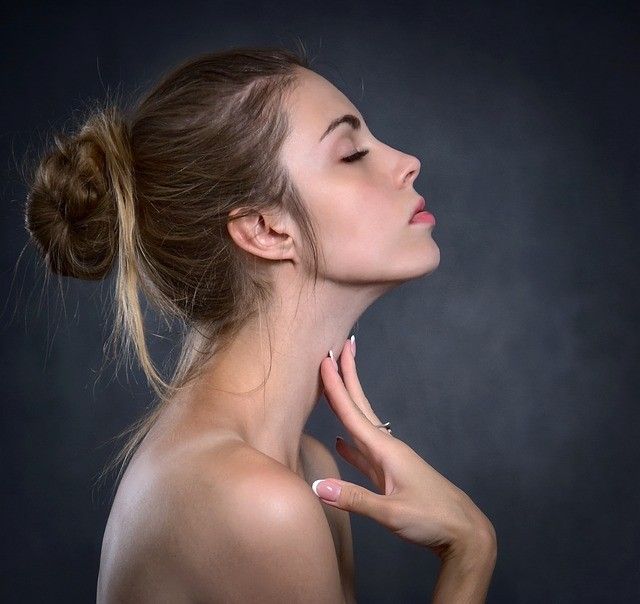 Pixabay
Pixabay
Why do we need a face peeling?
Peeling is a procedure to remove the first layer of the skin. The procedure has an effect on the layers of the epidermis, removing the top layer of the dermis. It is a skin exfoliation technique that accelerates skin regeneration. Peeling eliminates black spots, improves complexion and heals the skin. In fact, peeling allows without the intervention of a plastic surgeon to improve the condition of the skin by using various methods of exfoliation.
What is the benefit and what can be the harm?
The benefits of peeling are quite obvious: this procedure helps to get rid of the roughened layer of skin, eliminating the effects of acne, small wrinkles, scars and age spots, as well as the problem with black spots. Peeling can’t remove all age-related skin changes, but it helps to fight the first signs of aging, as well as smoothes the skin, smoothes facial wrinkles, evens out the tone, moisturizes and rejuvenates.
However, with such an impressive set of positive aspects, the peeling procedure has its drawbacks. First, the procedure causes some types of adverse reactions, such as redness of the skin, the formation of bleeding wounds, swelling of the face. The recovery period lasts several days, during which it’s not recommended to use cosmetics, and the skin requires additional and more gentle care.
What are the contraindications?
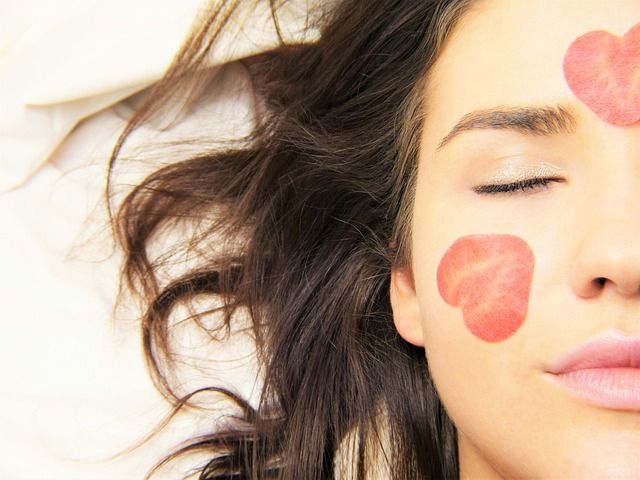
Pixabay
Each type of peeling has its own contraindications, but the exfoliation procedure has general contraindications. So, peeling is contraindicated during pregnancy, as well as during breastfeeding. It is obvious that the procedure can’t be conducted for skin diseases and problems (the presence of burns, ulcers, inflammations, open wounds and so on), as well as the increase in body temperature, viral diseases and bad health. Moreover, the procedure is not recommended in late spring and summer, because after peeling the skin is defenseless against the negative influence of sunlight. Also, contraindications include malignant diseases, chronic skin diseases, problems with blood clotting and some others. In each case, it is better to consult with a specialist: a good beautician should immediately warn you about all the dangers of peeling.
Popular types of facial peeling
As we have already said, there are a variety of types of facial peels.
- Milk peeling is one of the most gentle types of this procedure. Lactic acid not only exfoliates, but also nourishes and tightens the skin, thereby creating a light lifting effect. The procedure is almost painless, suitable for sensitive skin, and doesn’t require a recovery period that would take longer than 2 days.
- Glycolic-another type of peeling, which has virtually no contraindications. Fruit acids gently exfoliate the skin, return it to a healthy colour and evens out the tone. After this procedure, you can safely go outside: this peeling leaves virtually no traces on the skin. In the absence of contraindications, in some cases, glycolic peeling is allowed to be carried out in sunny weather.
- Salicylic peeling is considered to be one of the most versatile, because it helps to get rid of a whole complex of skin problems, ranging from acne, and ending with traces of post-acne and the first wrinkles. Salicylic acid removes the dead skin layer, and although the procedure can cause a slight burning sensation, after it the skin quickly returns to normal.
- Retinol peeling, according to some cosmetologists, is the most effective among the above. This procedure requires special training, which is carried out at home. Retinol peeling (it’s also sometimes called Brazilian peeling) is extremely rarely conducted in summer months, because swarthy skin can be sensitive to drugs with retinol. As with all the previously listed types of chemical peels, retinol one is carried out by the course, the duration of which is determined directly by the beautician.
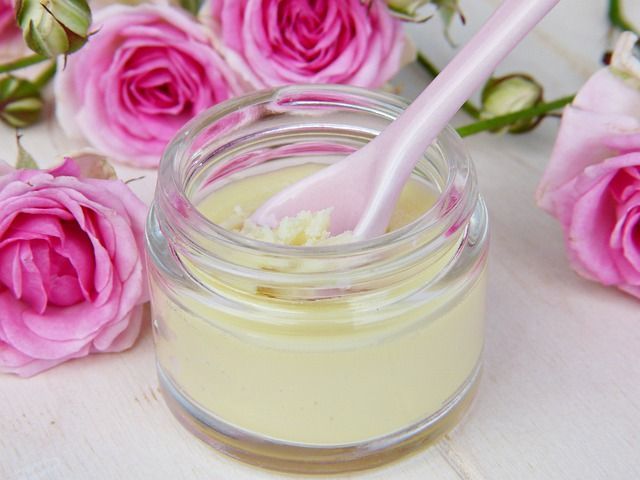
Pixabay
- TCA-peeling is carried out with the help of trichloroacetic acid, which penetrates into the middle layers of the epidermis. This procedure has a deeper cleansing effect than the previously listed types of peeling: it narrows the pores, helps to remove traces of post-acne. However, exfoliation with trichloroacetic acid is a more complex type of peeling and requires a longer recovery period. Also during the procedure, the skin will burn, so you have to be patient.
- Jessner peeling, which is also called Hollywood peeling. It is carried out with the help of a special composition in which several types of acids are mixed. This is one of the most popular types of procedures, because depending on the concentration of the solution Jessner peeling is suitable for both superficial and medium, and for deep cleansing of the skin. This peeling is quite safe, the recovery period, as a rule, doesn’t take longer than a few days, and it can be used not only for the face, but also for the whole body.
- Gas-liquid peeling-a procedure that is performed using a solution of water and a special medical gas. This is a painless type of peeling, which is carried out by a special apparatus, improves blood circulation and practically does not contain side effects and does not cause an allergic reaction. The recovery period is also quite short. After gas-liquid peeling, the skin is moisturized and oxygenated.
- Ultrasonic peeling carries out deep cleaning of the face, eliminates stagnant spots, black spots. The procedure is carried out by the course, takes about 20 minutes and is carried out with the help of special tools. If earlier it was believed that ultrasonic peeling can be carried out only in adulthood, now thanks to the development of technology, this type of peeling is also available to girls up to 25 years old.
- Laser (carbon) peeling is one of the most modern types of peeling, and it eliminates more serious skin problems: deep wrinkles, scars and scars. Before the procedure, the beautician prescribes a consultation, followed by a two-week stage of preparation for the procedure, during which you have to comply with some prohibitions and precautions, which you will be informed by the doctor. Also, this type of peeling is characterized by a longer recovery period, but at the same time one of the most effective results, which is visible to the naked eye.
- Diamond peeling is carried out with the help of a vacuum device, which grinding the upper layer of the skin, thereby eliminating irregularities, age spots, scars and wrinkles. After the procedure, the skin needs special care: it’s not recommended to use cleaning products containing alcohol, you should also refrain from being in direct sunlight, going to the pool or, especially, the sauna.
An unexpected moment, which is rarely thought about: after peeling, it is recommended to refrain from visiting the dentist, because after the procedure of brushing the teeth, particles can get on the skin, which injure the already weakened skin after peeling. Because of this, the recovery process will be delayed.
- Face peeling by Achatina snails is one of the most extravagant, but natural methods of rejuvenation. If you don’t take into account not the most pleasant sensations from the snails crawling on the face, then this procedure can be called one of the most sparing in this collection, because it doesn’t have side or allergic reactions. This type of peeling improves skin elasticity, evens out the tone and eliminates the feeling of dryness and tightness of the skin.
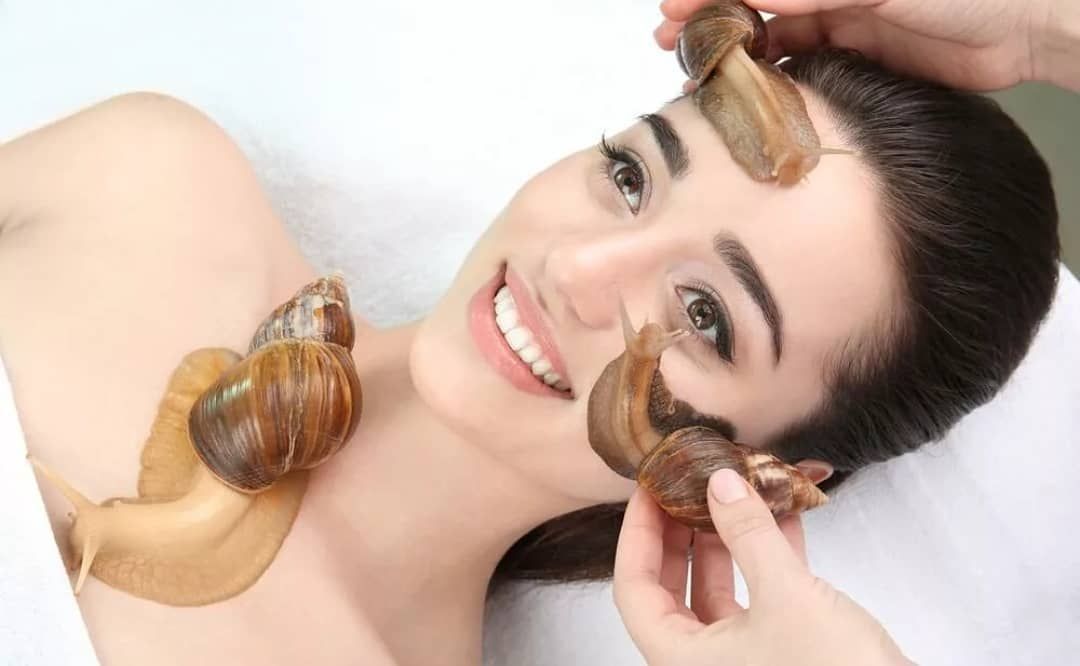
*******.com/piling56rus
- Ozone peeling is another effective rejuvenation procedure offered by advanced beauty salons. It is quite unpleasant and painful, because it’s carried out with the help of a medical needle, but it is effective: the effect is noticeable after three procedures, the skin becomes more taut, fine wrinkles go away, pigment spots and scars go away. Ozone peeling helps to cope with various inflammations on the skin, including acne, so it is carried out not only as a rejuvenating, but also a healing procedure.
- Alkaline peeling nourishes the skin with antioxidants, moisturizes and nourishes. Cosmetologists are divided in opinion as to which peeling is more effective – alkaline or acidic. The advantages of alkaline peeling are that it doesn’t deprive the skin of a protective barrier and doesn’t cause redness of the skin, and it can also be used on sensitive areas of the face and body.
- Peptide peeling moisturizes and nourishes the skin. This is an almost painless procedure that doesn’t cause discomfort, but, nevertheless, it also requires preparation and caution during the recovery period. In general, its properties are similar to all of the above types of peels, so what kind of procedure is right for you, it is better to check with a specialist.


